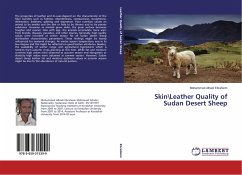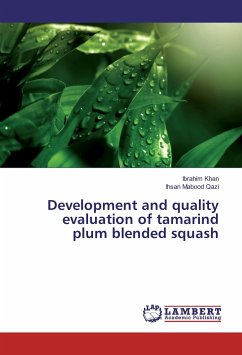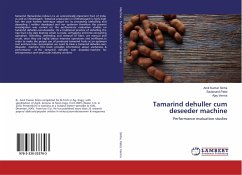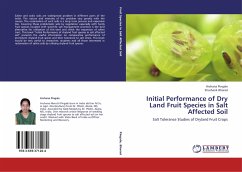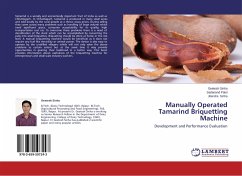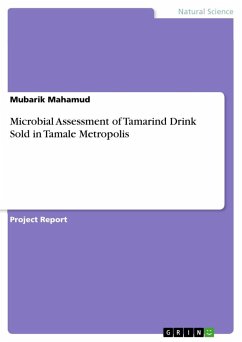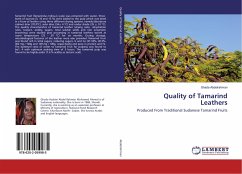
Quality of Tamarind Leathers
Produced From Traditional Sudanese Tamarind Fruits
Versandkostenfrei!
Versandfertig in 6-10 Tagen
37,99 €
inkl. MwSt.

PAYBACK Punkte
19 °P sammeln!
Tamarind fruit (Tamarindus Indica.L) pulp was extracted with water, three levels of sucrose (5, 10 and 15 %) were added to the pulp which was dried in a form of leather using three different drying systems, namely laboratory cabinet drier (70.0ºC), solar drier (54± 4 ºC) and under shade (35 ± 10 ºC). The quality characteristics of tamarind leather (drying ratio, rehydration ratio, texture, acidity, sugars, total soluble solids and non enzymatic browning) were studied post processing in tamarind leathers stored at room temperature (25 - 30 ºC) for six months. During storage, microbiologic...
Tamarind fruit (Tamarindus Indica.L) pulp was extracted with water, three levels of sucrose (5, 10 and 15 %) were added to the pulp which was dried in a form of leather using three different drying systems, namely laboratory cabinet drier (70.0ºC), solar drier (54± 4 ºC) and under shade (35 ± 10 ºC). The quality characteristics of tamarind leather (drying ratio, rehydration ratio, texture, acidity, sugars, total soluble solids and non enzymatic browning) were studied post processing in tamarind leathers stored at room temperature (25 - 30 ºC) for six months. During storage, microbiological features of the leather were also provided. Tamarind fruit was found rich in total sugars, reducing sugars, K and Ca (37.33%, 36.5%, 362 mg / 100g and 149 mg / 100g, respectively) and poor in protein and Fe. The optimum ratio of water to tamarind fruit for pulping was found to be1: 4 with optimum soaking time of 3 hours. The tamarind pulp was found to be highly acidic (7.6 % acidity as tartaricacid).



